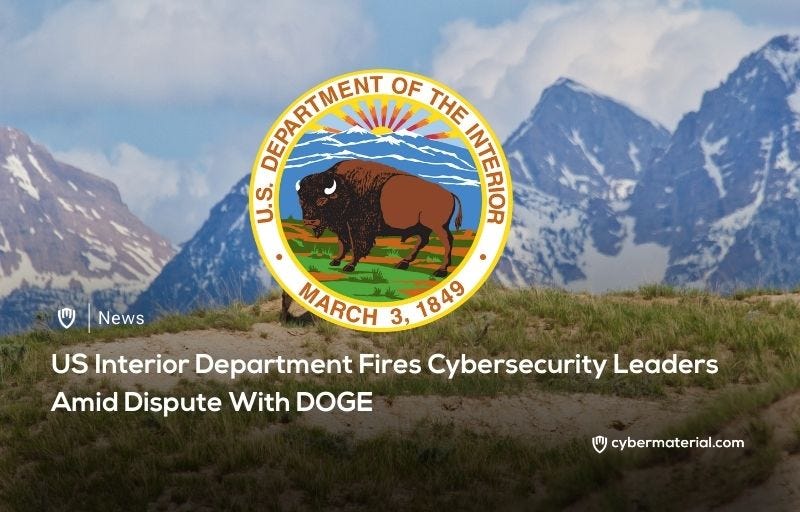
The U.S. Department of the Interior recently removed senior cybersecurity and technology officials following a dispute over unvetted access to federal systems. These officials were allegedly involved in disagreements with the Department of Government Efficiency (DOGE) regarding security protocols for sensitive government data. The DOGE, which is led by efforts from President Trump and Elon Musk, aimed to reduce government spending by processing vast amounts of data through AI systems. However, these initiatives raised concerns among experienced Interior staff, who warned of disregarded security measures.
The Interior Department purge involved prominent figures such as Chief Information Officer Darren Ash, Chief Information Security Officer Stan Lowe, and Associate Solicitor Tony Irish. Reports suggest these officials were dismissed for their roles in opposing DOGE’s efforts to gain unregulated access to federal systems. The Department has not made public statements regarding the dismissals, and they did not respond to media inquiries for further details. These actions come amid a larger government-wide push to cut costs and reduce the federal workforce, which has faced criticism from various quarters.
Efforts by DOGE, influenced by Musk’s aides, to bypass security checks and access sensitive federal data have led to legal challenges.
Judges have issued restraining orders and criticized these efforts as unnecessary “fishing expeditions” disguised as waste-cutting measures. Despite this, Interior Secretary Doug Burgum defended the initiative, claiming the department was focused on eliminating waste and slashing spending. The contentious actions have spurred further tension within the federal workforce, especially among cybersecurity professionals.
The latest round of personnel changes at the Interior Department reflects broader trends of dismissals within key government agencies. Notably, the firing of U.S. Air Force Gen. Timothy Haugh, head of the National Security Agency, also followed President Trump’s broader efforts to remove figures he deems disloyal. Tony Irish responded to his removal by clarifying the dismissal was not entirely accurate and that he would utilize the administrative process to address the charges against him. The situation reflects ongoing tensions between cybersecurity leaders and political efforts to streamline government operations.
Reference:
The post US Interior Department Fires Cyber Leaders first appeared on CyberMaterial.


